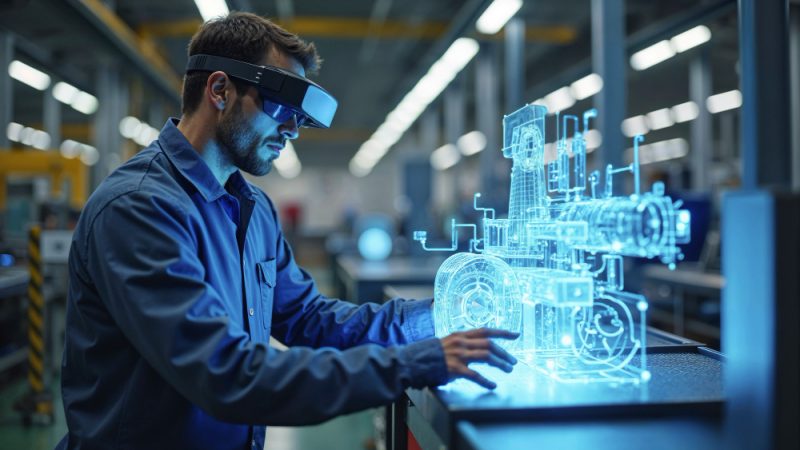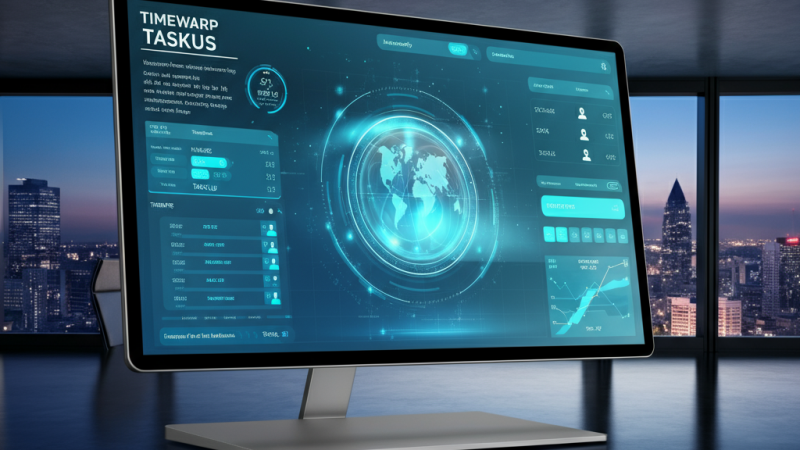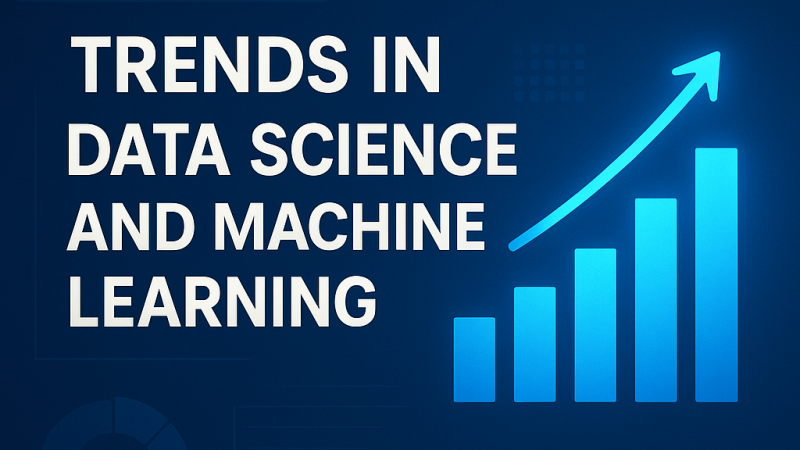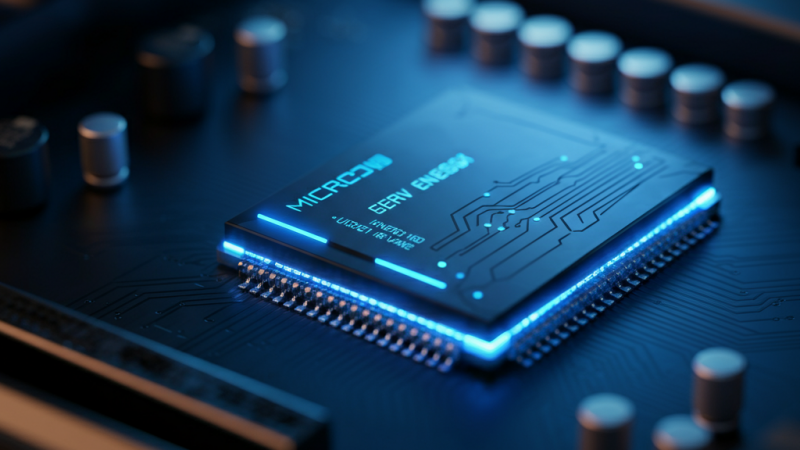IoT and VR: Technologies That Will Irrevocably Change How We Learn

Huge advancements in technologies have made everyone look towards the new possibilities of education and communication. Technology in education enables distance learning with a much higher level of immersion, which increases the effectiveness of learning and makes the VR and IoT technologies in demand.
How IoT and VR shape the way we learn new things today?
While IoT is a complementary tool to traditional education methods, VR tricks our brain and creates a new reality where you can move, see, hear, and interact with virtual objects.
Today it allows not only learning but traveling to different parts of our planet and even to other universes.
VR technology is versatile enough to be used for a variety of tasks.
Collaborative Work Organization
A virtual reality helmet makes it possible to hold video conferences that are more realistic than usual web conferences. MR technology allows participants to feel close to each other. Such “virtual meetings” can be widely used for virtual travel, getting to know other cultures, learning a foreign language, etc.
Science Learning
Virtual reality glasses allow students to find themselves in science laboratories, observe and conduct realistic virtual experiments, interact with macro-and micro-objects, travel to the world of mathematical objects, and more.
Humanities Disciplines
Students have the opportunity to visit museums and places of historical events, communicate with virtual models of historical figures, reconstruct events of the past, etc.
Educational Games
Virtual reality games allow learners not only to interact with various objects but also to create them, to generate a virtual world that lives by the rules they have developed.
Three-Dimensional Design
Virtual reality provides natural tools for designing three-dimensional objects.
Skill Building
Models in virtual reality allow students to safely acquire skills that could be dangerous in real-life conditions or have other restrictions (availability of equipment, high cost of work, danger to other people, etc.).
Virtual reality is already being actively implemented in education in various fields, such as medicine, police training, railway industry, etc.
VR in Medicine Training
One of the avid examples of the use of AI in higher education is a joint project of Case University and the Cleveland Clinic, supported by Microsoft, to create a human anatomical atlas.
Another example is a learning platform for visualizing the entire human body in three dimensions. All parts of the body are represented as three-dimensional objects in real size. They are described in detail and arranged with each other as in a living organism.
A similar project is conducted by The Body VR group, which offers the user to travel inside the human body. For example, students can travel through the blood vessels and understand how blood cells work, carrying oxygen throughout the body. They can “immerse” themselves in one of the billions of living cells and learn how organelles work to fight deadly viruses.
Virtual reality is an accurate and detailed visualization of the human anatomy. This allows us to show how disease and its treatment affect the human body. This system includes teaching modules and uses various case histories to help students better understand the material they are learning.
IoT
The development of a digital society is inextricably linked to the level of implementation of the latest technologies in the educational process. Thus, New Richmond schools save $128,000 a year due to implemented technology of the web-based system, and around $200,000 on paper due to smartphones and tablets investments.
The synergy of innovative solutions and a new philosophy in the field of learning form the basis of “smart” education (Smart Education). Internet of Things makes the learning process more interactive, and therefore more diverse and interesting.
Some of the avid examples of IoT today:
- Artificial intelligence systems in the form of recommendation services and decision support systems.
- Electronic bracelets to monitor attendance and receive individual assignments.
- Head sensors that monitor students’ brain activity.
- Smart desks with touchscreen for collaborative work.
- Electronic whiteboards.
- Virtual classrooms.
- Electronic diaries.
- Cameras in classrooms broadcasting lectures online.
Sensor assistance, for instance, makes learning more engaging, allowing the teacher or instructor to get feedback from each student.
With the advent of wireless communication and the concept of IoT, it became possible to turn the usual attributes of the educational process, such as desks, blackboards, and even classes into virtual assistants for teachers and students.
The Internet of Things in education helps:
- Organize the learning process. In particular, reduce roll call time if students are identified with QR-code cards or smart bracelets.
- Personalize education. A smart class will be able to record a student’s achievements in different disciplines and tasks, form a necessary program, assign tasks depending on abilities.
- Deliver information in a focused and targeted way.
- Make lessons more diverse and engaging.
Of course, the mass use of IoT devices in the educational sphere is still a long way off, and even developed countries cannot yet boast of the total digitalization of educational institutions.
However, the growing number of Internet-connected devices and their variety, as well as improvements in wireless communications, will certainly contribute to a gradual change in the concept of education.
About the author:
Kyle McDermott is a web developer, blogger, blockchain enthusiast, and business analyst. He loves to write about new technologies, business news, and sports events. Kyle is also a proofreader at Computools. Follow him on Twitter.






